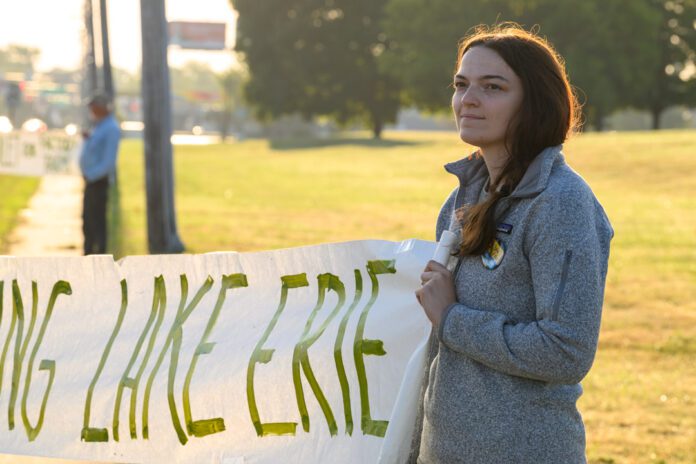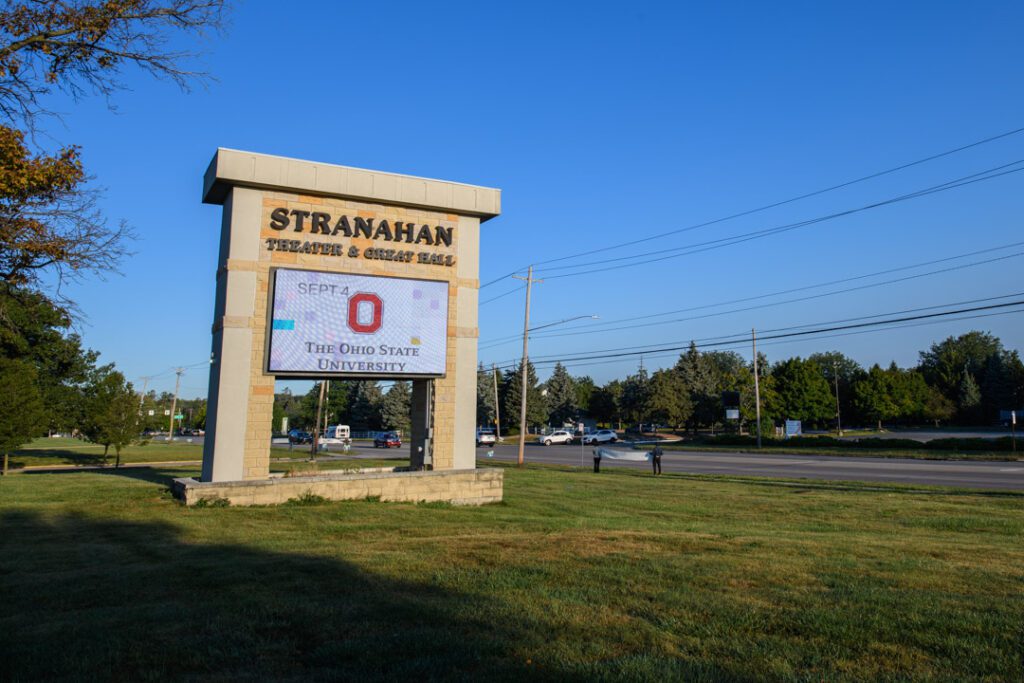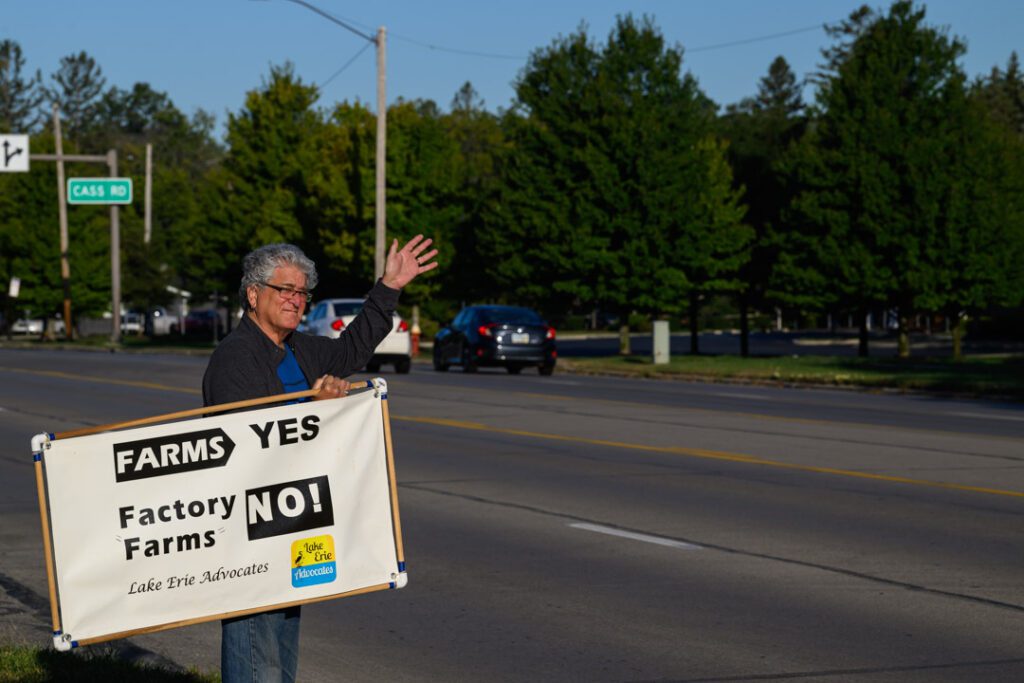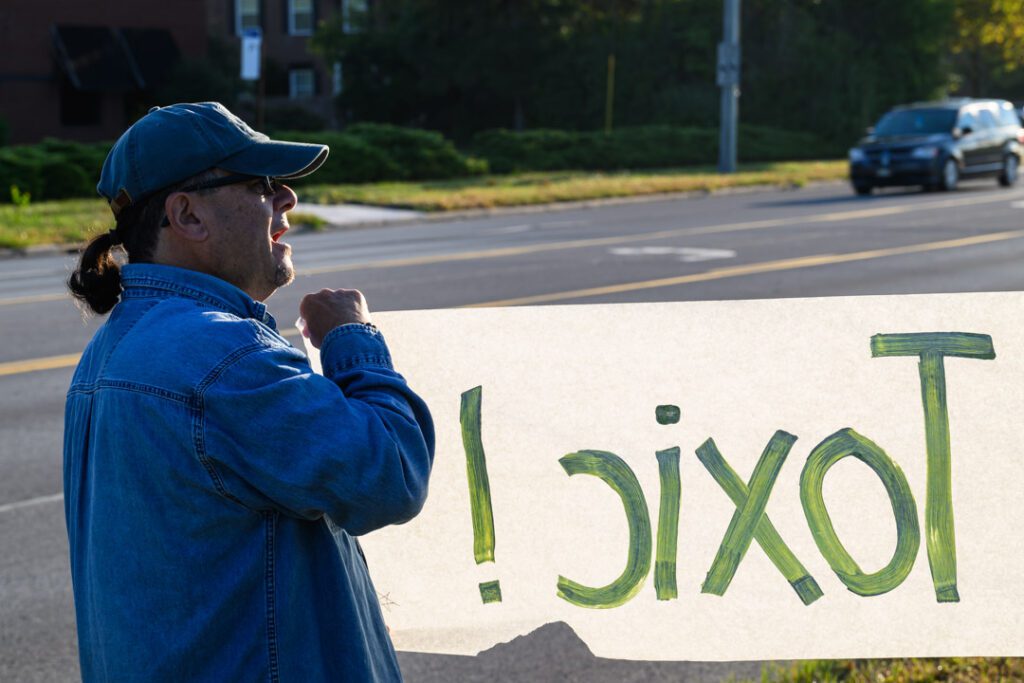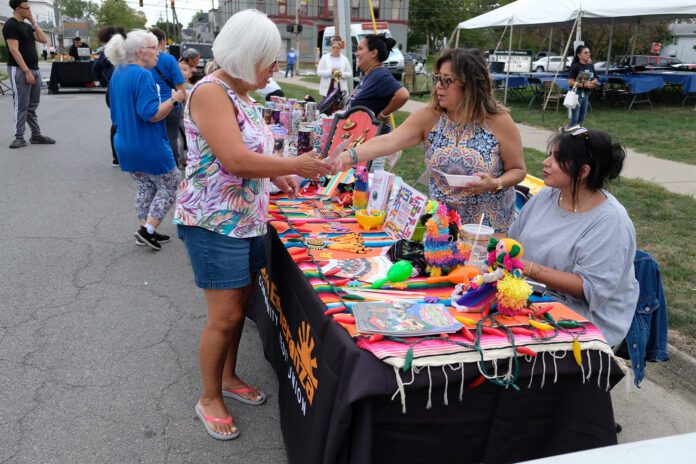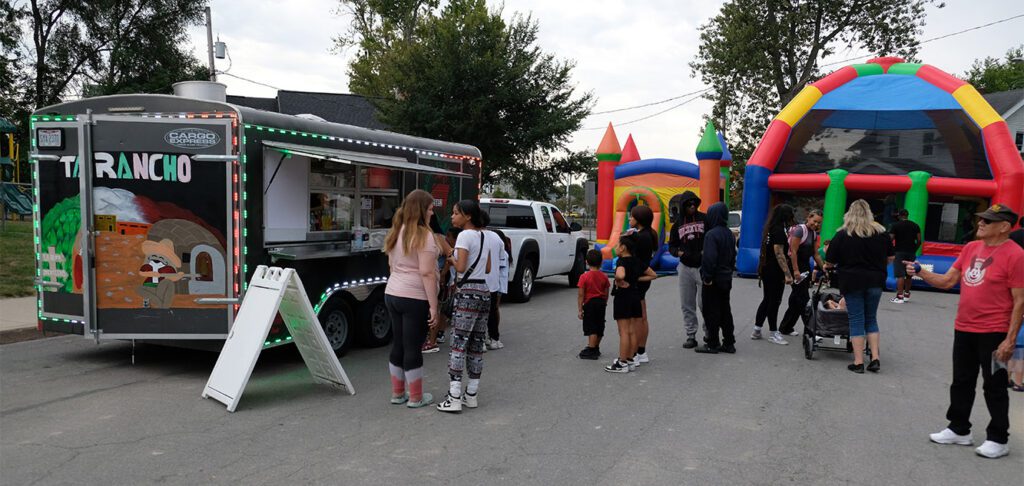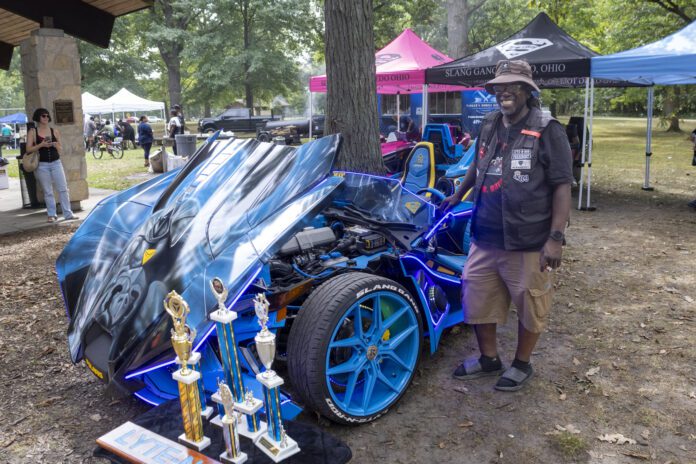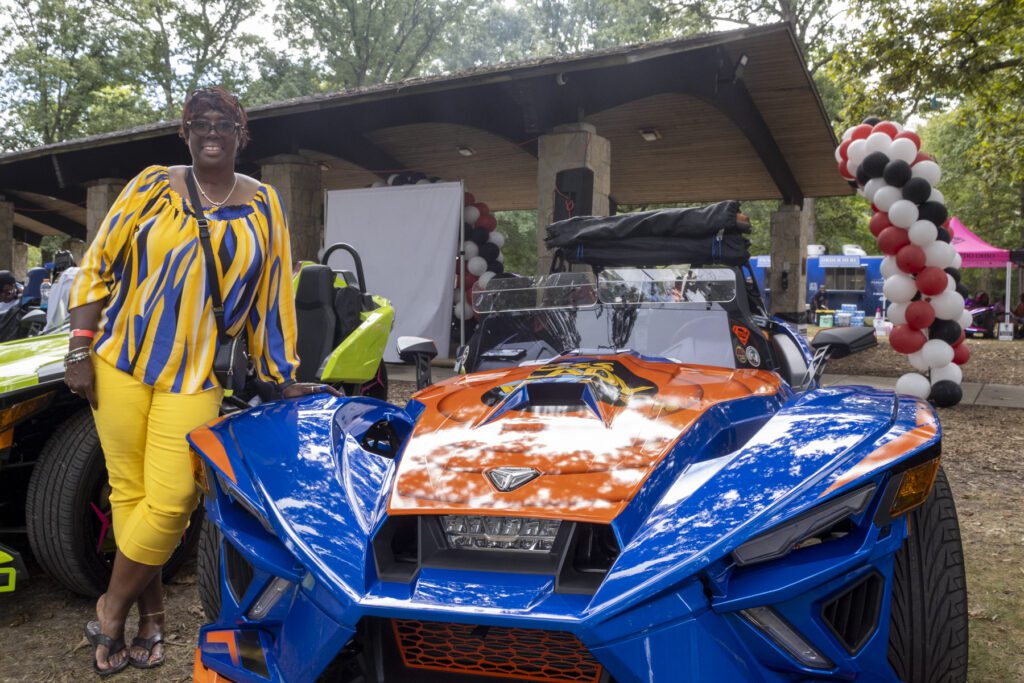Three steps to making your safe investments work harder
Interest rates are the highest they’ve been since my children were born. After bottoming out, rates started increasing rapidly in March 2022. While the Federal Reserve lowered interest rates by half a percentage point this month, that might be good news for those with debt, but it could spell trouble for savers. The good news is that there is still time to lock in higher rates.
According to the Federal Deposit Insurance Corporation (FDIC), as of Aug. 19, 2024, the national average rate on savings accounts is 0.46 percent, and for interest-bearing checking accounts, it’s 0.08 percent. While I believe it’s smart to keep enough money in your local bank or credit union to cover short-term needs and expenses, there’s a cost to liquidity. Here are three steps you can take to increase your returns:
Step 1: Talk to your local bank or credit union
Ask about options or promotions they offer to increase the rate on your savings. For instance, our local bank offered my family a money market rate that was double the national savings rate. If you don’t need some of that money for three to 12 months or longer, you could move those funds into an FDIC-insured CD, where national average rates range from 1.53 percent to 1.85 percent, but searching around could get rates into the 4 percent to 5 percent range.
The benefit of moving a portion of your money into a high-interest money market account or short-term FDIC-insured CD is that you can enjoy immediate higher rates. This can provide a nice boost to your income, especially in times of inflation. However, the downside is that rates are expected to decrease and can change quickly. Historical events like COVID-19, the 2008 Financial Crisis or 9/11 show that rates can drop suddenly.
Step 2: Shop around for higher rates
Explore websites like Bankrate.com and Nerdwallet.com, which make it easy to compare bank rates. Banks compete for depositors, and a competitive offer from another institution could earn you two to three times more. Keep in mind that these online rate websites often receive compensation for the placement of sponsored products, so do your research.
You can also talk to a licensed financial professional. An independent professional who holds both securities and insurance licenses can help you compare money market rates, bank CDs and fixed-rate annuities from leading American insurance companies.
Working with an individual may be more convenient than navigating the internet on your own. Just be sure to ask how the financial professional is compensated and fully understand the terms of any product you’re considering.
Step 3: Consider a laddered approach
Building a laddered investment strategy can be a smart way to manage your safe investments. Keep enough money in checking, savings and money market accounts to cover three to six months of expenses, and then invest a portion in higher fixed-rate accounts that mature in six months, 12 months and so on.
For retirees or savers with larger balances who want to lock in higher rates, a fixed annuity could be a good option, allowing you to lock in rates for 5 to 10 years. This strategy can protect your interest earnings for the duration of the selected term, which is especially helpful in a declining interest rate environment.
Act now while rates are high
Lower interest rates are widely expected in the future, yet many savers haven’t taken advantage of the decade-high rates available in most savings vehicles. Now is the ideal time to take steps to increase your returns and lock in rates for the long term. A pay raise for savers is just three steps away.
For more information about America’s Retirement Headquarters, tune in every Saturday at 12 PM on 1370 WSPD or visit www.arhq.com. Investment Advisory Services offered through The Retirement Guys Formula, LLC. Securities are offered through PEAK Brokerage Services LLC., Member FINRA / SIPC. America’s Retirement Headquarters and Retirement Guys Formula is not an affiliate of PEAK Brokerage Services LLC. The office is at 1700 Woodlands Drive, Suite 100, Maumee, OH 43537. 419-842-0550







